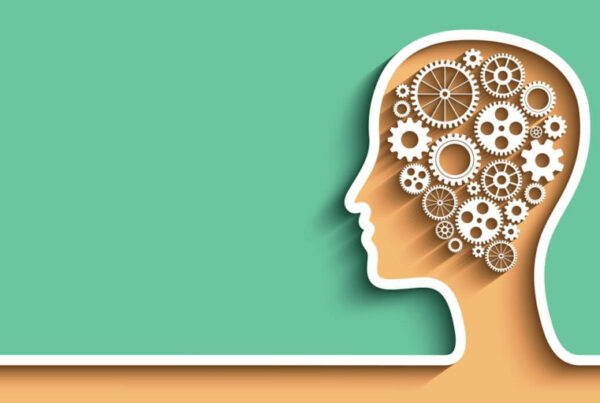10 items to keep an eye on for 2019 from Bill Gates. Bill Gates steps in as guest curator for MIT Technology Review’s March/April issue to discuss his picks for 10 Breakthrough Technologies that will “not only create headlines in 2019 but captured this moment in technological history.” Gates – an oracle of much worldly knowledge and wisdom – shares how the plow was one of the first technological marvels of the world, and since the plow mankind has been for the most part (skip the Middle Ages), forging a voracious path forward of innovation. None more so than our current digital age.
Here are Gates’ picks for top 10 breakthrough technologies:
- Robot Dexterity – A major challenge for robotics is physically adapting to the real world with ease and flexibility. A San Francisco nonprofit, OpenAI, has created “Dactyl” with off-the-shelf robot hand that is working to improve agility through “reinforcement learning.” Robot dexterity will get the boost it needs with virtual training that simulates the “messiness of reality.”
- New-Wave Nuclear Power – Lauded as a new power source option that is both safer and cheaper, new-wave nuclear power is being developed through small modular reactors that produce tens of megawatts of power.
- Predicting Preemies – Free-floating DNA and RNA give an exclusive insight into not only screenings of conditions through cell-free genetic materials in the blood, but also to whether a woman is likely to deliver her baby prematurely. Developed by Stephen Quake, a bioengineer at Stanford, this new method will help doctors take proactive measures and give the baby its best chance at survival.
- Gut Probe in a Pill – A swallowable capsule that contains a miniature microscope and is even able to obtain tissue biopsies, this medical device is changing the game for pediatric care in developing countries. This practical screening device is helping doctors better diagnose and address Environmental Enteric Dysfunction (EED), an inflammation of the intestines that affects nutrient absorption and results in malnourishment and developmental delays.
- Custom Cancer Vaccines – Chemotherapy, while life-saving, can also significantly impact healthy cells in a cancer patient’s body. A new treatment customizes vaccines by awakening the body’s natural defenses to destroy cancer cells by “identifying mutations unique to each tumor.” This new type of treatment is currently in testing since 2017.
- The Cow-Free Burger – Burgers are brutal for the environment — adding up sizeable impact quickly with industrialized methods of meat protein production in water usage, land deforestation, and fossil fuels. The alternative is lab-grown and plant-based alternatives that can significantly reduce pollution and greenhouse-gas emissions. Plant-based meats that use pea proteins, soy, wheat, potatoes, and plant oils generate 90% less in greenhouse gases emissions.
- Carbon Dioxide Catcher – Greenhouse-gas emissions aren’t just a problem right now. They can hang around for thousands of years. These gases need to be sponged up or redistributed so that they can be effectively removed from our atmosphere. Enter Carbon Engineering, a Canadian startup that uses captured carbon dioxide as an ingredient in synthetic fuels. Another option is to nest captured carbon dioxide in carbon fiber, polymers or concrete.
- An ECG on Your Wrist – Fitness tracking watches and wearable devices have yet to roll out the power of a true electrocardiogram, but it looks like change through innovation is on the horizon. In 2018, Apple released an FDA-cleared ECG feature in its Apple Watch, and there is news that Withings and AliveCor are working on plans to release multi-sensor systems to detect certain types of heart attacks.
- Sanitation Without Sewers -Self-contained, energy-efficient toilets are here to save the day for the over 2.3 billion people that do not have access to quality sanitation systems. New age toilets offer an alternative to the dumping of fecal matter into waterways, preventing the spread of bacterial illnesses.
- Smooth-Talking AI Assistants – Digital assistants like Siri and Alexa are getting some refinement to their semantic repertoire, thanks to a technique that trains an AI on unlabeled text to avoid the “expense and time of categorizing and tagging all the data manually.” These developments, along with improved speech synthesis, are advancing the quality of interactions with AI assistants and their command-capabilities.
I read the article (https://www.technologyreview.com/lists/technologies/2019/) and thought it was interesting. While I am not offering an endorsement of a strategy, tactics, thoughts, service nor a company or author, the information was intellectually stimulating and thoughtful and worth a review.











